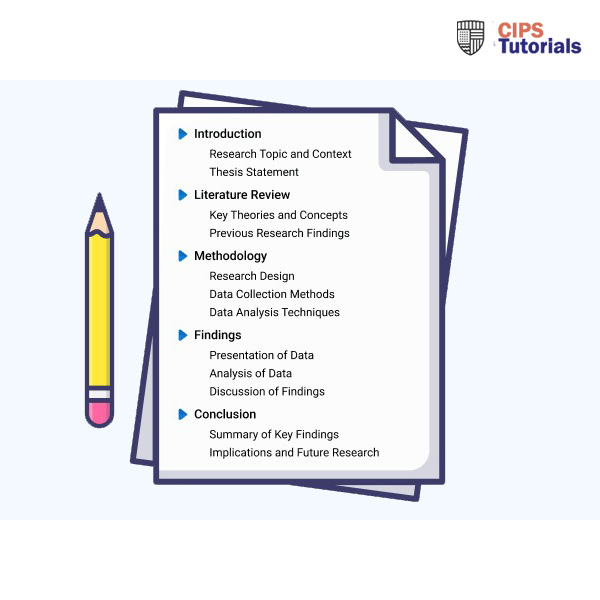-33%
Description
Related Papers
(Solution) New CIPS Sourcing Essentials (PSE) TAQA Water Solutions
This report evaluates and contrasts various sourcing strategies within the SWS (Sustainable Water Solution) organisation, focusing on the health and safety (HS&E) category of spend during the COVID-19 pandemic, which necessitated remote working.
To assess the different sourcing strategies, tools such as the Kraljic analysis, Mendelow's stakeholder analysis, the business hierarchy of needs, and the SWOT analysis were employed.
Additionally, the Peter Block Grid was used to categorise stakeholders based on their interests and positions related to the sourcing strategies.
In the supplier evaluation for the HS&E category of spend within SWS, Carter's 10Cs methodology was applied to assess different sourcing strategies.
The results indicate that SWS should adopt a strategic sourcing approach to sustain its leadership in the sustainability and water management industry while maximising efficiency.
The sourcing strategies include multiple sourcing (engaging with multiple suppliers), single sourcing (working with one supplier), sole sourcing (working with a monopolistic supplier), and dual sourcing (working with two suppliers who might have conflicting demands).
In conclusion, the recommendations for SWS's sourcing strategies in the HS&E category of spend are as follows:
- Determine the most suitable sourcing strategy based on the characteristics of the spend category.
- Ensure procurement policies are comprehensive and prioritize health and safety standards.
- Simplify the procurement process while considering the interests of all stakeholders.
- Upgrade the current Ariba/SAP system to enhance information flow and support various sourcing methods such as RFQ, RFP, negotiation, and e-auction throughout the product lifecycle
(Solution) CIPD 7C004 Task 4.2: Recommendations
(Solution) CIPS New APCE Advanced Category Management
- In summary, this assignment has focused on evaluating the source of power and risk of an organisation contractual terms. This has been conducted through the focus of SSMC organisation which is currently being engaged in procurement of first aid materials.
- Through a series of analysis, the power and risk distribution has been evidenced as varying in different phenomenon to SSMC and their engaged suppliers. The rationale of this is that for the success of a contract, the legal provisions are critical among the involved parties with clearly set requirements to be adhered to or abstained.
- By using different tools including supplier preferencing matrix, Porter’s 5 forces and Turn-key model have been adopted for this research.
- It has been established that in most instances, SSMC has the power with majority of the risks being held by the supplier. An evaluation of the different components of the contract has been conducted with the clauses of interest including costs, quality level, time for delivery and ethics which influence the power and risk of the suppliers.
- From the analysis of stakeholders by use of the Mendelow stakeholder’s matrix and SWOT analysis, the various issues and risks represent the noted issues in procurement of the fast aid and safety measures in today COVID-19 pandemic.
- As evidenced in the Kraljic analysis, various contract terms are of strategic relevance to SSMC which affirm on its approach of holistically leveraging on contractual risk and power.
- Where the SSMC lacks a holistic balance on the risks and power, a warrant or insurance is granted for guaranteeing their safety.

